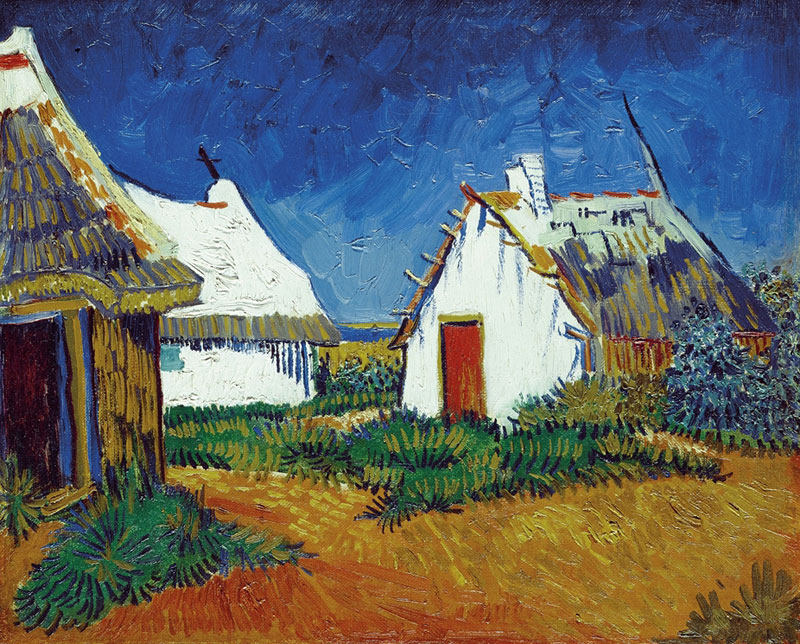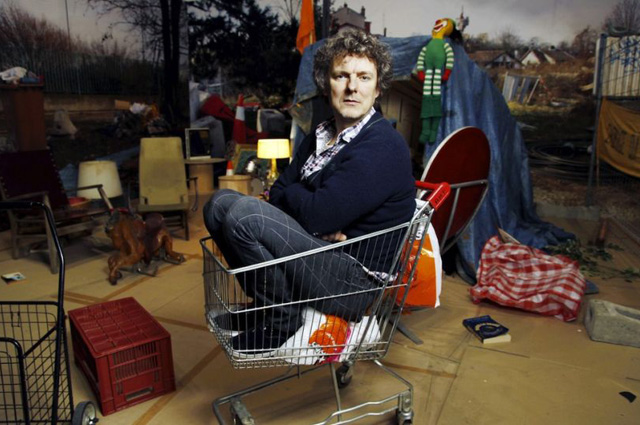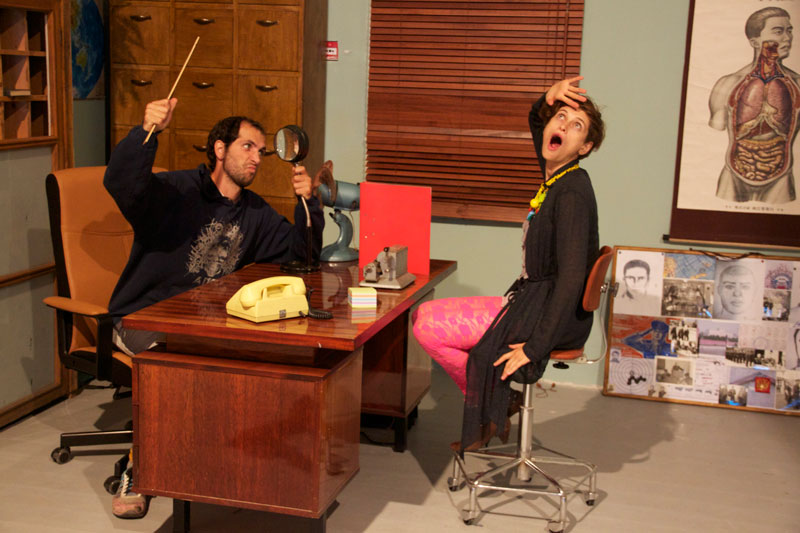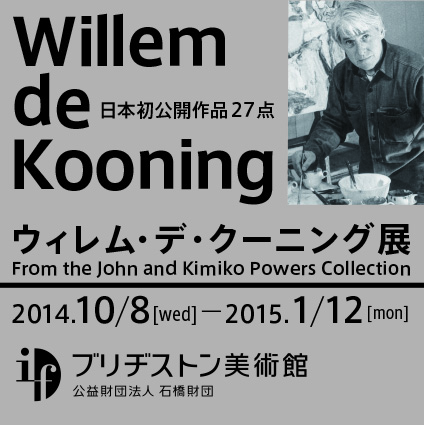From the work of a visionary director to a visiting collection of masterworks, these are three of the exhibits you don’t want to miss this month.
By Sarah Custen
Around Michel Gondry’s World
Museum of Contemporary Art Tokyo
September 27, 2014—January 4, 2015
Open 10:00–18:00, closed Mondays
www.mot-art-museum.jp/eng/exhibition/michelgondry.html
Michel Gondry’s innovative films and iconic music videos—such as Eternal Sunshine of the Spotless Mind and Bjork’s Human Behavior—invite us into a curious, dream-like world. Yet despite its fantastical scenery and far-fetched ideas, Gondry’s imaginary landscape is familiar, woven from the same threads that run through all our lives: love, loss, and escape.
This exhibition celebrates both the genius and the germane, and is divided into two parts: one celebrating the acclaimed artist (as we see him), the other recognizing the amateur film lover (as Gondry sees himself). These two aspects overlap, in the exhibition’s execution as well as the audience’s experience. “They are two sides of the same coin,” said MOT curator Hikari Odaka. “They basically stem from the same root—his aspirations for surprising and entertaining himself.”
Surprises and entertainment await museum-goers as well, no matter what your previous experience with Gondry’s work. For newcomers, Odaka recommends beginning with Home Movie Factory, an interactive exhibition allowing audiences to use Gondry’s own method to write, cast, produce and film their own movie within a 3-hour window, utilizing 12 different film sets, special effects and props unique to Gondry’s world. For the more reserved, observation of the movie-making process, as well as the finished amateur films, is encouraged and welcome.
Further observation and exploration can be found in the music video maze, Around the World in 19 Videos, in which even the most seasoned Gondry admirers will be in for a treat. This original installation features 19 of Gondry’s best-known videos, bite-sized tastes of the artist’s imagination, in a labyrinthine world where the images shift, change and “run away from you, so you have to keep walking to catch up,” said Odaka. “[It] gives you a totally different experience, even if you’re already familiar with [the videos] on TV or YouTube.”
Masterpieces from the Kunsthaus Zürich
The National Art Center, Tokyo
September 25–December 15, 2014
Open 10:00–18:00, 10:00–20:00 on Fridays, closed Tuesdays
http://zurich2014-15.jp/english/
Last December I visited Naoshima, a port town turned modern art refuge. On an island dotted with avant-garde experiences, it was a classic that most stood out—one of five paintings from Monet’s Water Lily series, housed at the Chichu Art Museum. In that white, stone room, I was taken by the thick, round brushstrokes, marveled at the inimitable genius whose vision turned wide smears of purples, blues, violets, oranges and greens into a water lily pond. Up close, you can see that the paint has begun to crack, like perma crust in the desert. Like you’d expect from Renaissance-era paintings, it won’t last forever. Face-to-face with such ephemeral, untouchable, unparalleled beauty, and knowing that all great things that humans put forth will fracture and fade, it is difficult not to be moved.
There is a reason why we call such works “masterpieces,” and the National Art Center in Tokyo is currently home to the first large-scale introduction of 74 such masterworks, from one of Switzerland’s finest art museums, the Kunsthaus Zürich. A clear and brilliant draw is Monet’s The Water Lily Pond in the Evening, a six-meter wide canvas unrivaled in beauty and breadth. Yet contenders abound—there are numerous works by Marc Chagall, as well as pieces from such household names as Picasso, Dalí, Van Gogh, Miró, Cézanne, Rousseau, Klee and Munch, alongside Swiss treasures Ferdinand Hodler, Alberto Giacometti and Oskar Kokoschka. A truly stunning line-up, and an eye-opening exhibition.

Vincent Van Gogh: White Cottages at Saintes Maries, 1888 ©2014 Kunsthaus Zürich. All rights reserved.
Willem de Kooning from the John and Kimiko Powers Collection
Bridgestone Museum of Art
October 8, 2014–January 12, 2015
Open 10:00–18:00, 10:00–20:00 on Fridays, closed Mondays
www.bridgestone-museum.gr.jp/en/exhibitions/
Willem de Kooning is a major figure in Abstract Expressionism, a contemporary of Jackson Pollock, whose works are known for their vigorous, forceful brushstrokes. His paintings mark a meeting grounds for allegory and abstraction. This exhibition centers on a series of paintings of women from the 1960s, originally from the collection of John Powers and his wife Kimiko, who enjoyed a close, personal relationship with the artist. As such, their contribution represents a rarely-exhibited and largely unknown portion of the artist’s oeuvre. Combined with de Kooning’s oil paintings, water colors and sketches culled from various Japanese museums’ collections, this exhibition represents an unprecedented look at the artist’s life and work, never before seen in Japan.
Main Image: Photo: Bernard Bisson/ JDD / SIPA, 2011, Paris, Courtesy: Home Movie Factory Association











